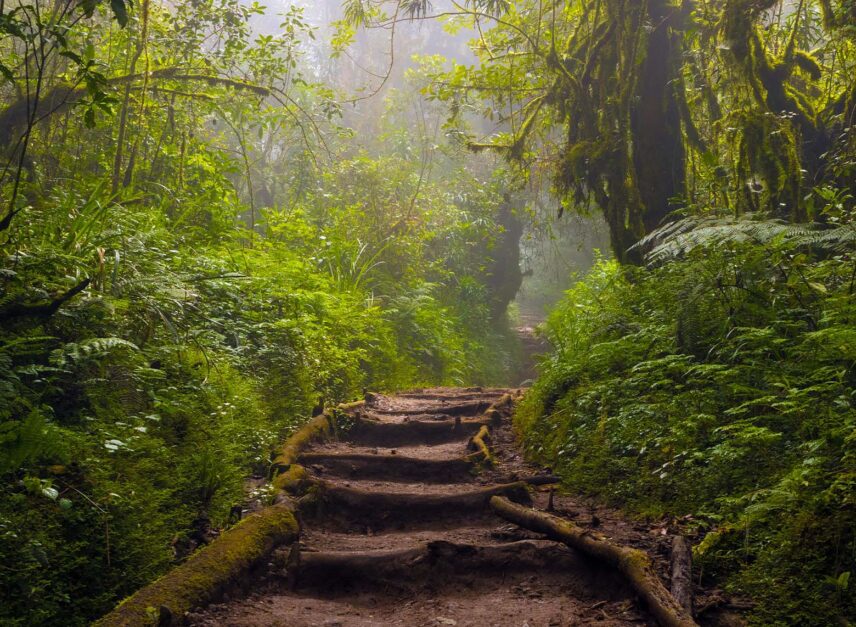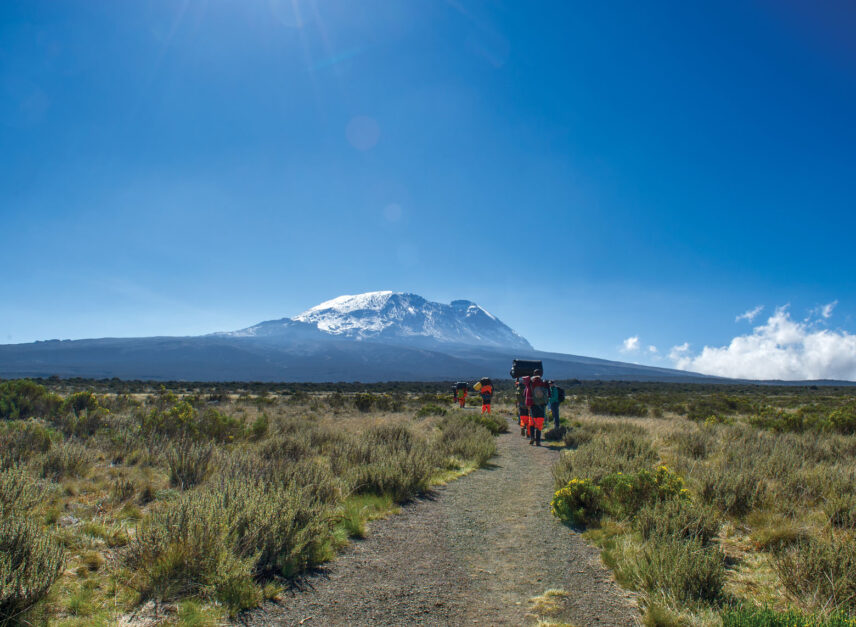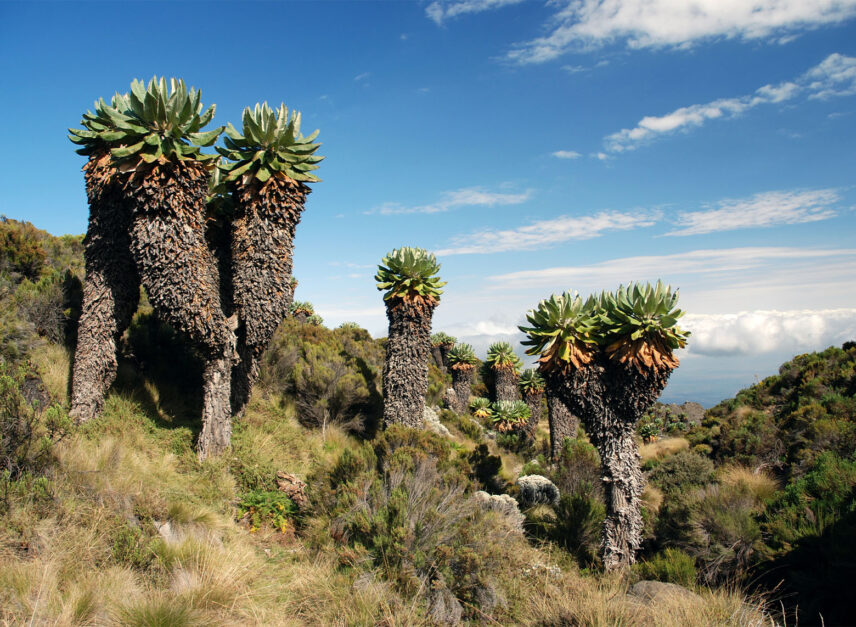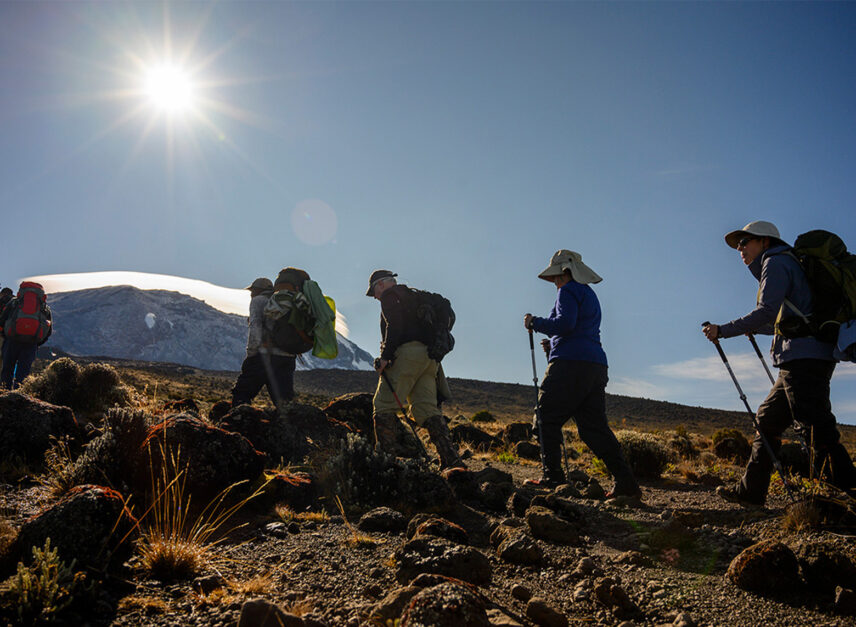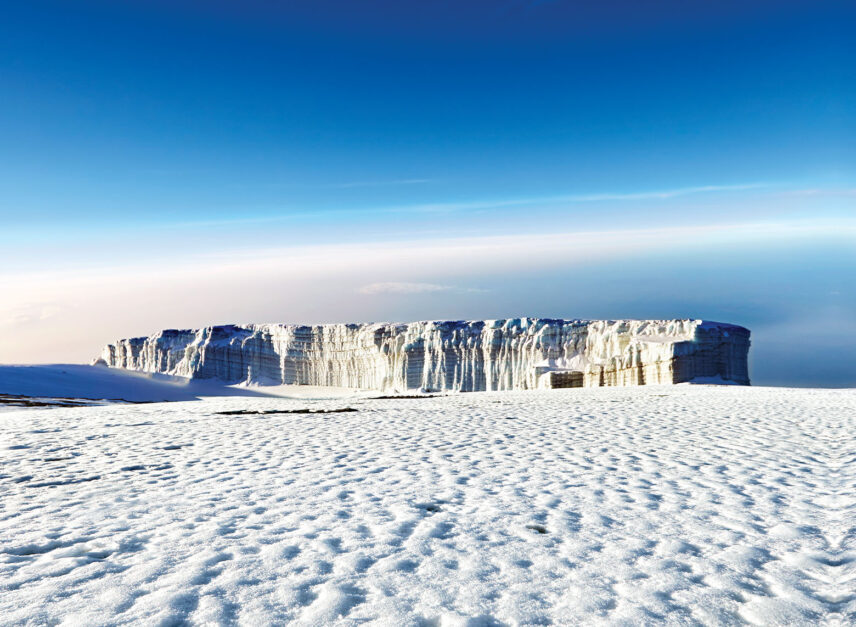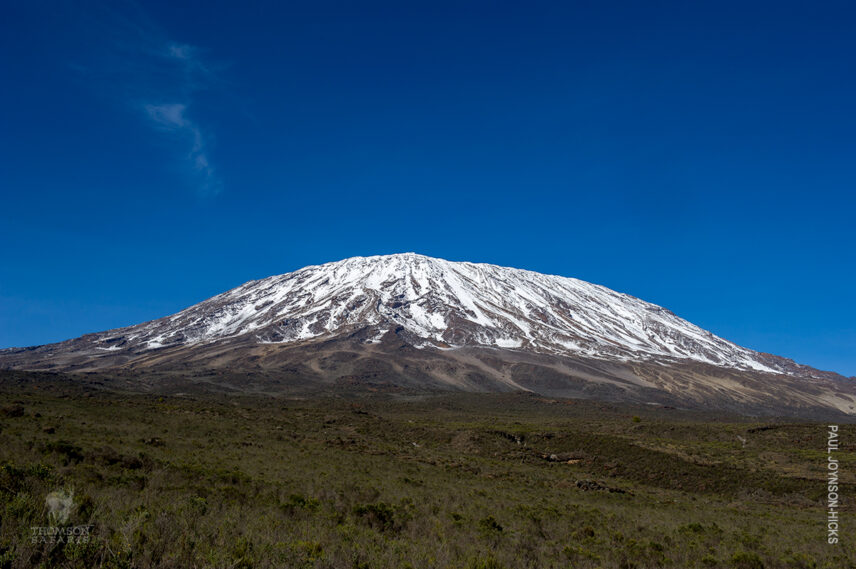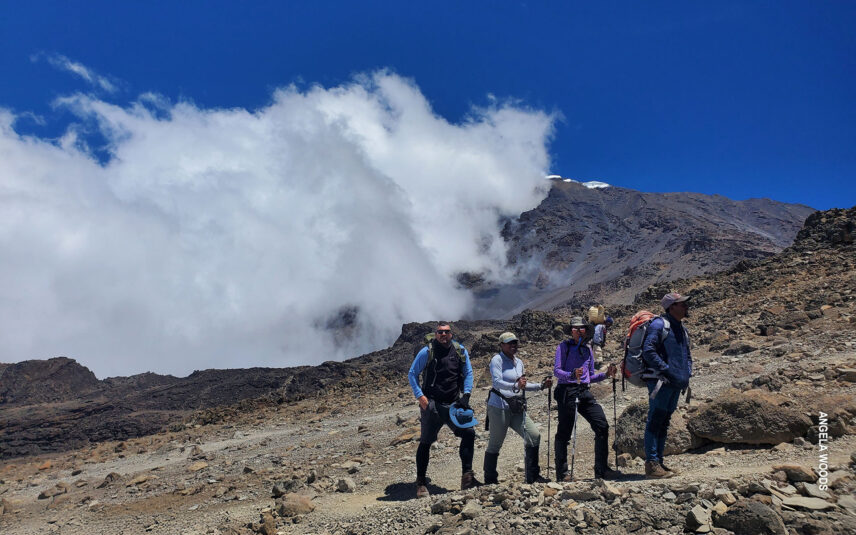Conquer the World’s Tallest Freestanding Mountain
Kilimanjaro is one of the famed Seven Summits, the world’s highest peaks. As you put your body and mind to the test, journey through otherworldly landscapes of lush rainforests, towering glaciers, and stunning lava formations.




The Roof of Africa
With its snow-capped peak rising above the African plains, Mount Kilimanjaro has captivated adventurers for centuries. Local Chagga legends spoke of its mystical heights long before German explorer Hans Meyer became the first recorded person to summit in 1889, guided by Chagga tribesman Yohana Lauwo. This legacy lives on today, as Lauwo’s grandson, Pendaeli, proudly guides Thomson trekkers to Uhuru Peak.
Kili by the Numbers
03
Volcanic cones
19,341
Feet tall
05
Climate zones
Climate Zones
Climbing Kilimanjaro is like trekking from the equator to the North Pole, as the mountain encompasses five distinct climate zones. Each one offers unique challenges, sights, and beauty, making Kilimanjaro a truly unforgettable journey through diverse ecosystems. The mountain is also home to hundreds of plant and animal species, some of which can only be found on its slopes.

The Best Time to Climb
Kilimanjaro can be trekked year-round, but you’ll want to avoid the heavy rains of April – early May and November – early December.
Trekkers experience tropical heat in the foothills, arctic cold at the summit, and everything in between, so be prepared for diverse conditions, including possible rainfall or snow.
-
JUNE – OCTOBER
Cooler and drier -
DECEMBER – MARCH
Warmer with a higher chance of rain and snow
For safari add-ons, the dry season (late May–October) offers concentrated wildlife near water sources, while the green season (December–March) showcases lush landscapes and newborn animals.

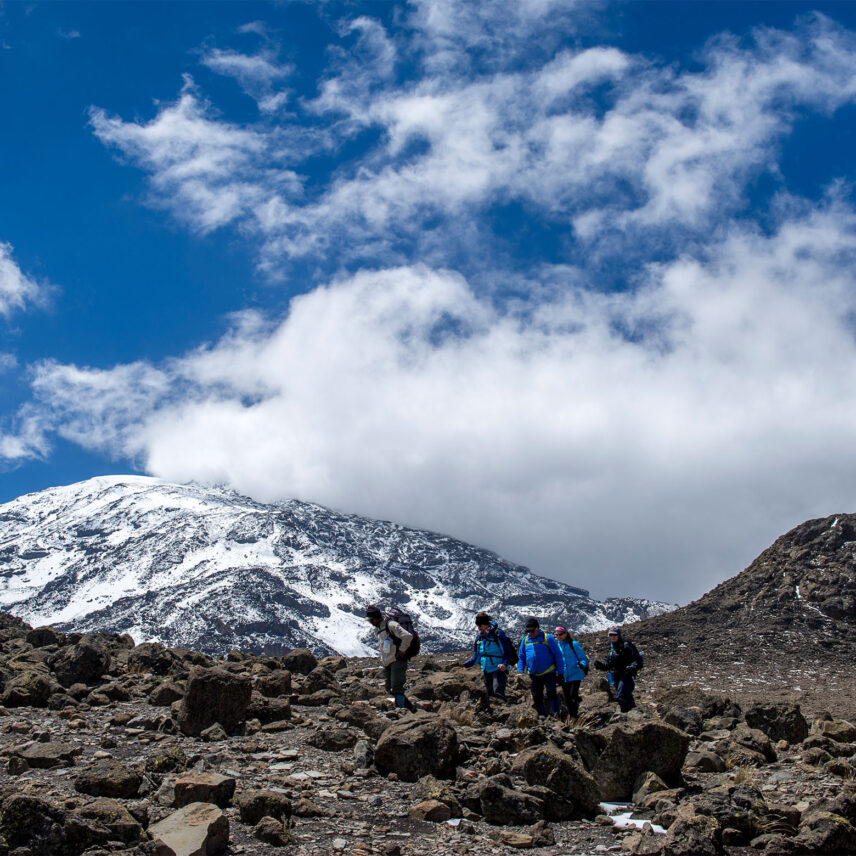
Preparing for Altitude
Climbing Kilimanjaro isn’t technically challenging, but at 19,341 feet, the altitude is a significant factor. Most trekkers will feel some effects, like nausea, headaches, or low appetite, and while fitness doesn’t prevent these symptoms, preparation does.
Thomson’s 98% summit success rate is due to longer routes for better acclimatization, unlimited purified water to stay hydrated, nutritionist-designed meals to maintain energy, and highly trained guides skilled in high-altitude care.


